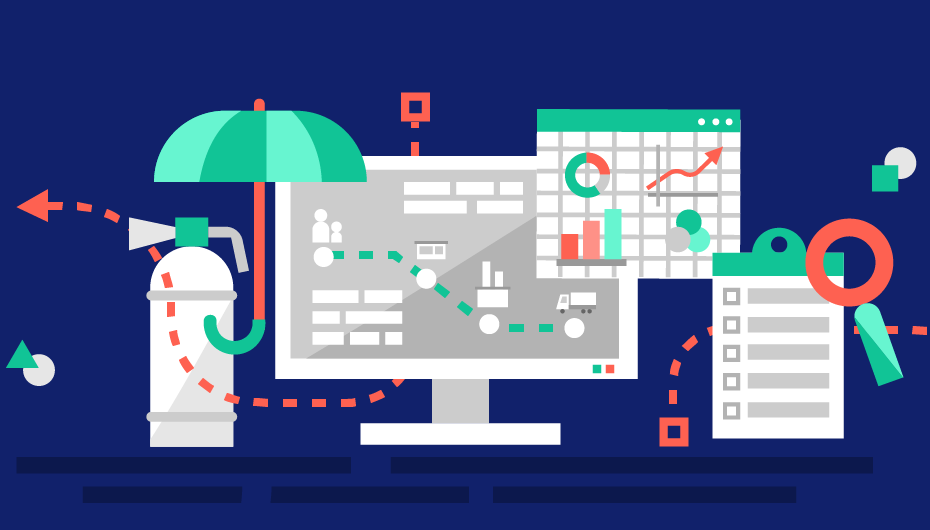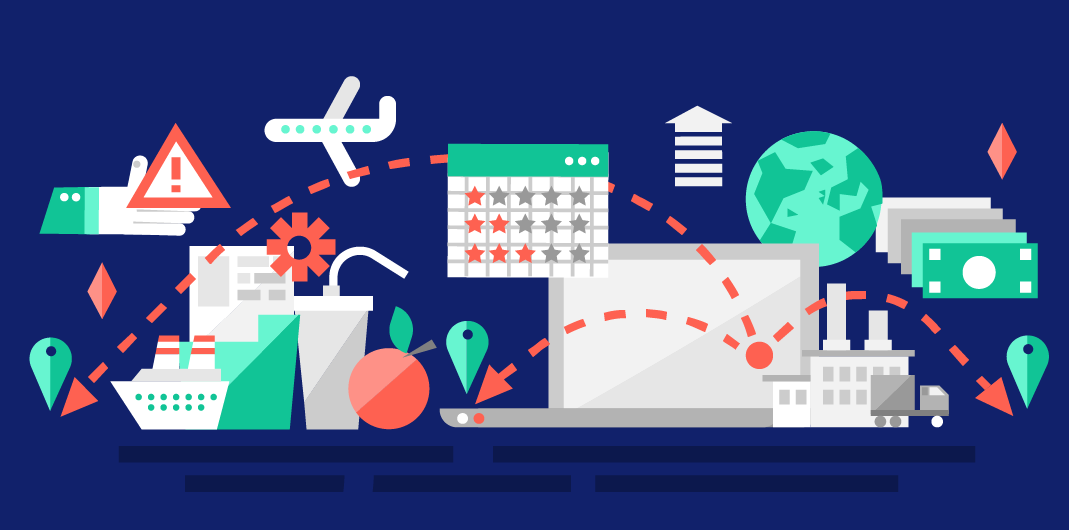Each part of your supply chain is capable of influencing the system as a whole (for better or for worse). Keep this in mind when evaluating supply chain risks, as well as when selecting the right supply chain partners for your business. Check out Manufacturing Hub’s supply chain risk framework.
Common Supply Chain Missteps
Effective supply chain management is absolutely essential to the success of any manufacturing endeavor. As a hardware entrepreneur, this statement especially applies to your business. Yet, despite the fact that hardware-based startups are largely reliant on their suppliers for survival, most don’t think strategically about managing their supply chains. They don’t understand the system as a whole, and thus take on a number of unnecessary risks in the process.
Supply chain missteps are common amongst startups and can have unintended negative effects on the long-term health of the business. For example, many early-stage companies tend to ignore global and regional supply chain capacity limitations. Or, they become overly reliant on a single supplier and fail to line up multiple sources for design components. At some point in time, there may be a shortage in supply of that particular component. Without a backup source, production overall could slow to a halt. Some startups produce designs that are so complex or unique that they only have a few suppliers to choose from in the first place. Others make the mistake of allowing their suppliers to control toolings and component drawings, or have poor supplier documentation and parts tracing. Either way, this allows for less control and monitoring over supplier operations, which decreases supplier accountability and could lead to unnecessarily inflated costs.
Perhaps most common, hardware startups tend to always select the low-cost supplier. When you’re a business strapped for cash, that only sounds natural, right? Perhaps – but what most early-stage companies fail to realize is that “low cost” often means low quality, which can be a big risk depending on your product or industry. Other cash-poor startups try and bleed their suppliers dry just to see a bump in margins, not understanding that if the supplier fails, they fail too. When it comes to supply chain management, it’s all about assessing what’s at stake. In other words, what are the risks?
4 Steps to Assess Supply Chain Risk
We’ve broken down the supply chain risk assessment process into four, easy-to-understand steps. By executing these steps, you’ll help safeguard your business against obstacles, prevent issues before they happen, and make your “weakest link” stronger. The first step is to understand your position in the overall supply chain. Who is providing inputs to you? Who is providing inputs to them? Where do your outputs go? Who is in charge of distributing the final product to your customers? It can help to visually map out your supply chain as a process flow to identify the key players, as illustrated here:
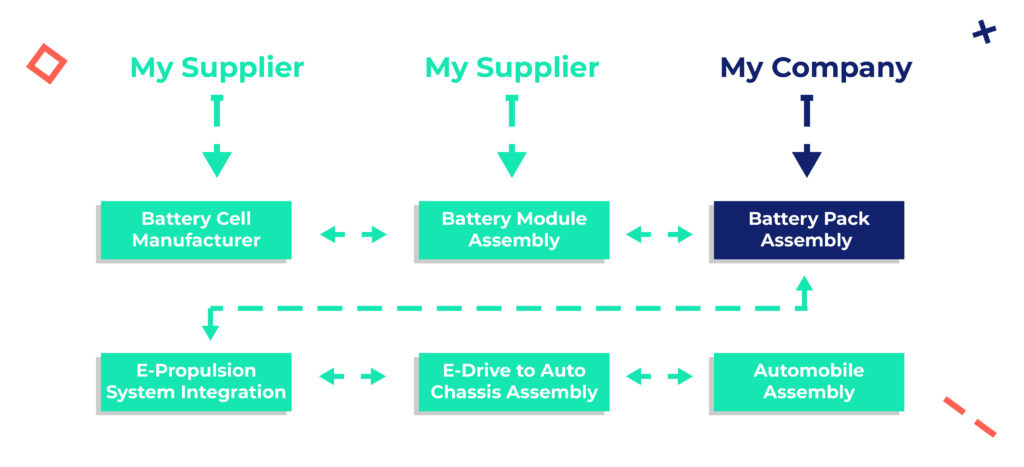
The second step is to outline high-level supply chain risk categories. There are many different ways to categorize risk that depend on your particular business – just remember that no matter your specific approach, be sure to consider internal and external risks as part of this step. In general, your risk categories should include aspects like those depicted in the graphic below.
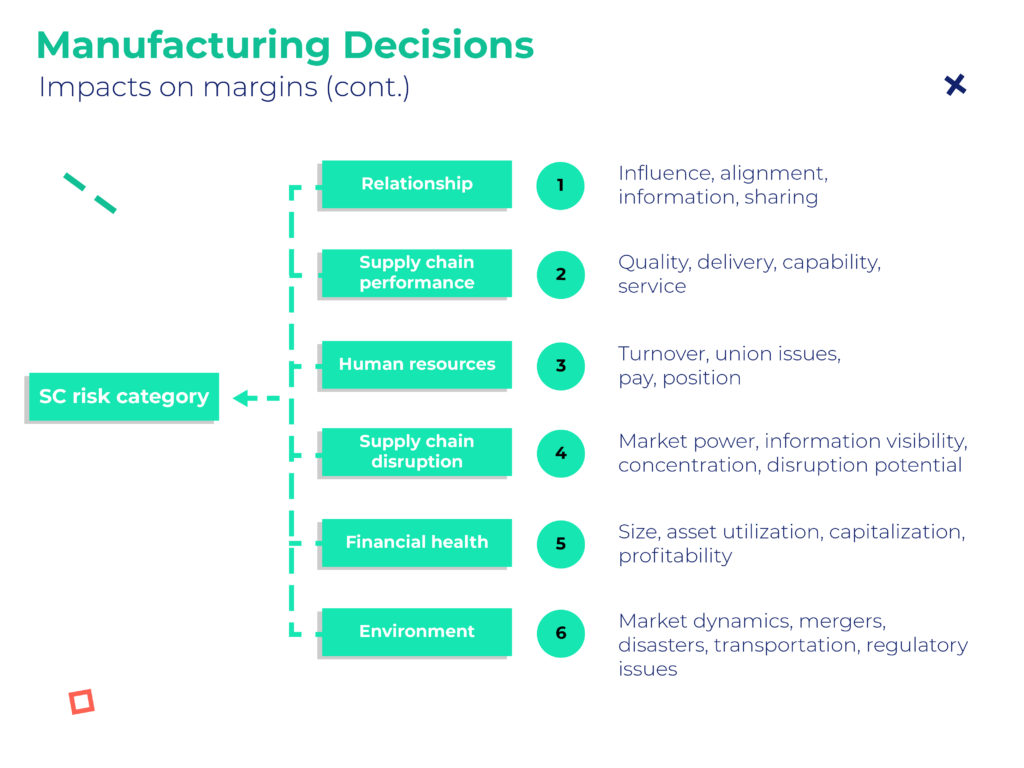
Third, evaluate individual risks that could occur (or perhaps that have occurred in the past) across each of your risk categories. Keep in mind that not all risks are created equally. As part of this assessment, evaluate the impact that the risk could have, its level of severity, and its likelihood of occurrence. This exercise will help you to prioritize which risks are most important to address first, starting with those that are high-impact, high-severity, and have a high likelihood of occurrence.
The fourth step is to identify the appropriate contingency plans or controls to address each risk. Start with your high-priority risks first, asking yourself, “How can I prevent this from occurring?” You can also consider strategies to reduce the impact or severity if the risk were to occur. The good news is that many of these risks may already have existing controls that your team put in place to mitigate potential issues. For any mitigation strategies that are new, it may be helpful to make a note of related resources that would be needed to implement that particular control (i.e. technology systems, staffing additions, product design changes, etc.). To ensure that you’re making progress on control implementation and contingency planning, document action owners, action items, and target completion dates. Keep in mind that as your company grows, you may need to identify a dedicated risk manager to keep track of this information and manage the implementation of necessary controls.
When you’re done, you should have a supply chain risk assessment that looks something like the evaluation table below. Having a document like this ensures that you’ve formally thought through all the risks that could occur, prioritized them based on business impact, and put a plan in place to address them. Simply put, it means you’re one step closer to becoming a master of supply chain management.
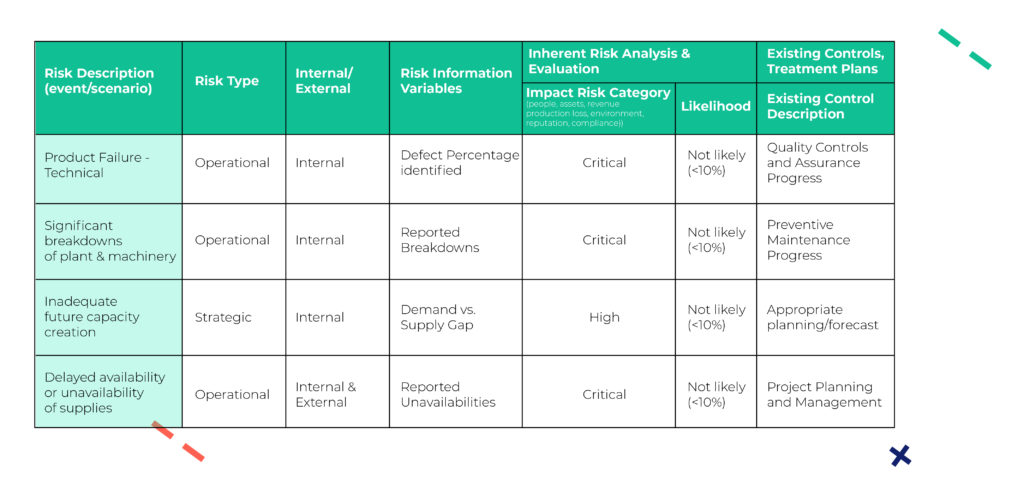
Strengthening Your Weakest Link
Hardware entrepreneurs with more formal business experience may be familiar with the classic book, The Goal: A Process of Ongoing Improvement by Eliyahu Goldratt. This business school staple tells a fictional tale of a manufacturing plant on a journey to improve operations, gain efficiencies, address bottlenecks, and optimize productivity. Although this story is fictional, its application to how we think about supply chain management is very real indeed. One particular chapter in the book follows plant manager Alex as he leads his son’s boy scout troop on a lengthy hike through the woods. Because they must operate as a team and can’t leave anyone behind, the group can only hike as quickly as their slowest scout, Herbie. As Herbie struggles to keep up, it becomes clear that his character is not unlike the troublesome bottlenecks in Alex’s manufacturing plant.
The troop was only as strong as their weakest link – and the same is true for your supply chain. Do any “Herbie’s” of your own come to mind? For example, let’s say you’re constantly waiting on inputs from one of your suppliers. Although they’re just one piece of the puzzle, they slow down your ability to churn out finished products that you can sell to your customers. Each part of your supply chain is capable of influencing the system as a whole (for better or for worse). Keep this in mind when evaluating supply chain risks, as well as when selecting the right supply chain partners for your business.
Want to dive deeper into supply chain management? Sign up to receive more content – designed specifically for hardware entrepreneurs – delivered directly to your inbox.
